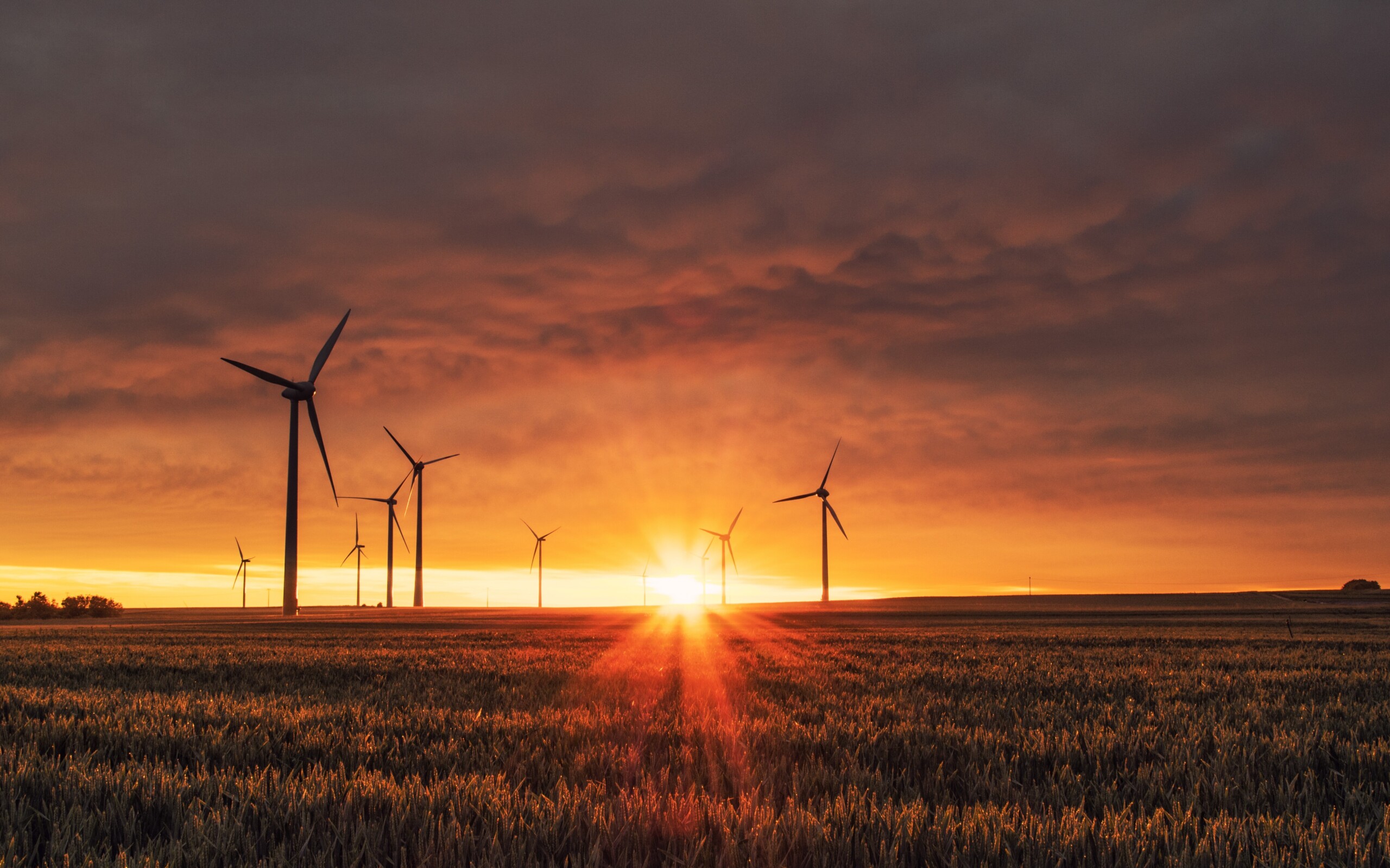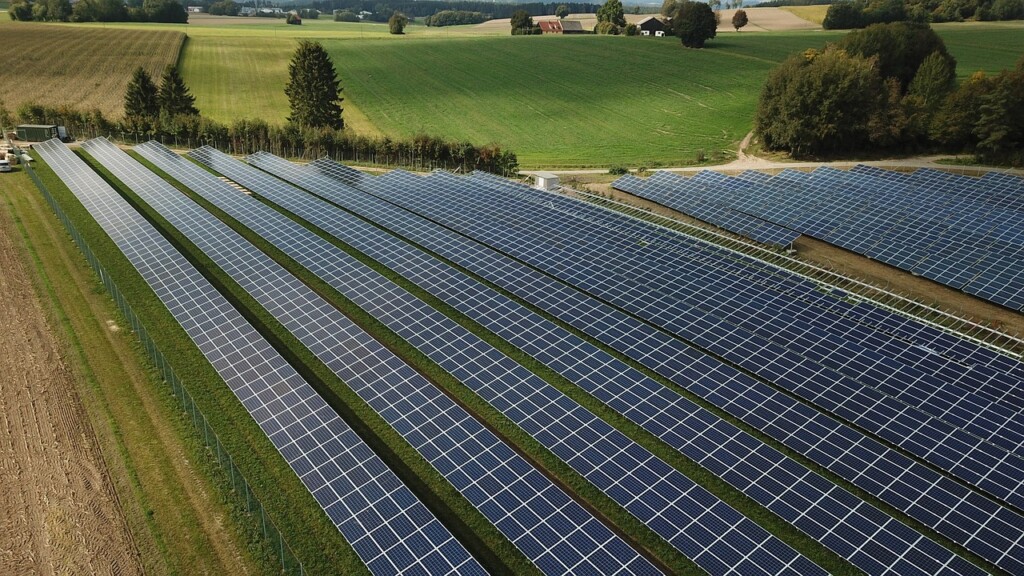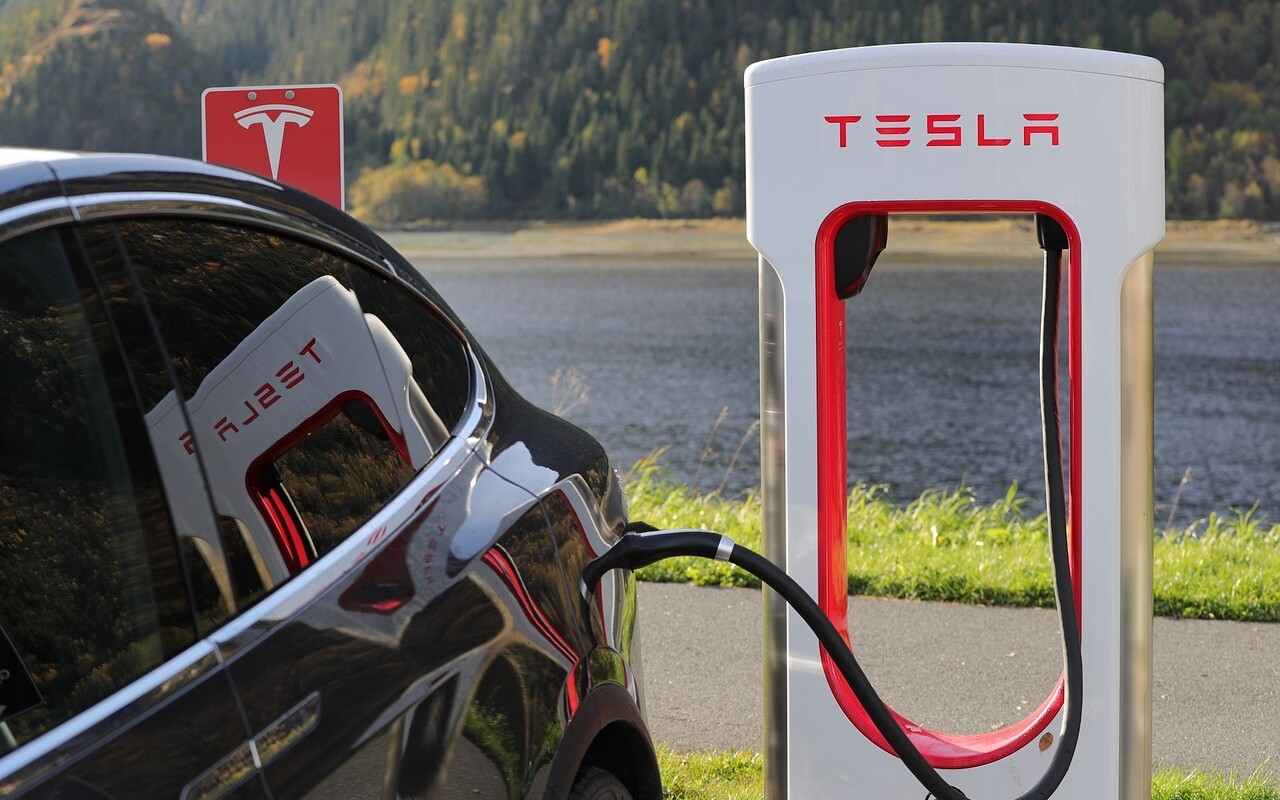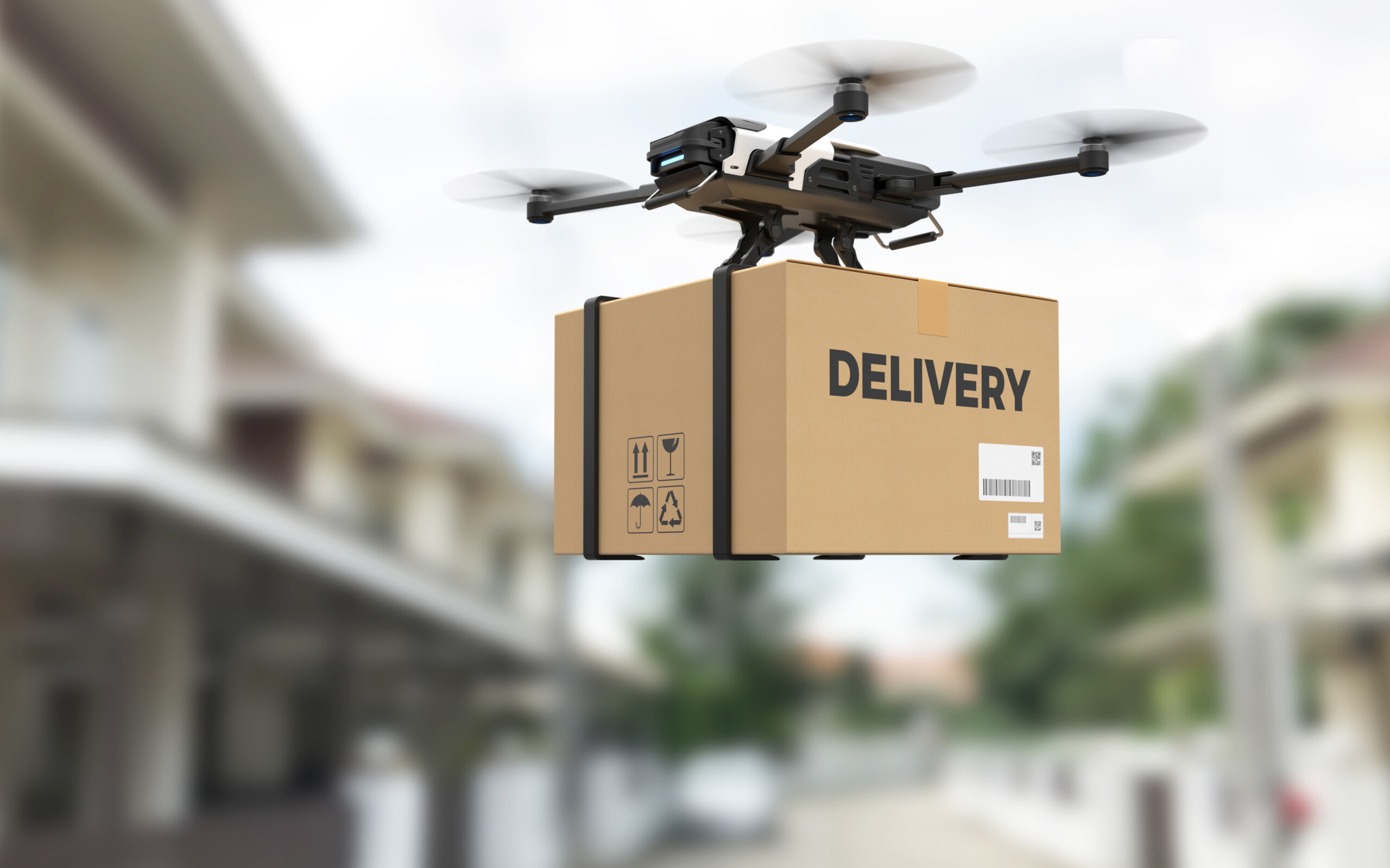Climate change is no longer a distant threat; it’s a pressing reality. As we face rising temperatures, erratic weather patterns, and the increasing strain on our natural resources, the need for green technologies becomes more urgent than ever. Our daily reliance on traditional energy sources plays a big part in these environmental challenges. Yet, there’s a beacon of hope.
The rise of green technologies brings with it the promise of a sustainable future, one where our carbon footprint shrinks and our planet thrives. Rapid adoption of these technologies is key to combating climate change and ensuring a healthier world for generations to come. This isn’t a journey for the few; it’s a change we all need to embrace. From the streets of our neighborhoods to the policies of nations, understanding and integrating green technologies into our lives is how we begin to make a real difference. Let’s delve into these life-changing technologies and discover how each of us can play a part in nurturing a greener future.
Consider this: globally, wind turbines generate enough electricity to reduce CO2 emissions by approximately 1.5 billion tons per year, equivalent to the emissions of 300 million cars. Yet, wind power accounts for only around 6% of the world’s electricity production. Meanwhile, solar energy, with its potential to power our planet many times over, contributes a mere fraction to our energy mix. Furthermore, the innovation in smart grids, essential for managing renewable energy efficiently, is still in its infancy in most parts of the world.
These facts highlight a striking reality: while we possess the technology to dramatically reduce our environmental footprint, its adoption is lagging. Electric vehicles (EVs), which could significantly cut down transportation-related emissions, currently make up less than 14% of vehicles on the road worldwide. In urban planning, green architecture, a vital tool for sustainable living, is often sidelined for traditional construction methods. Similarly, while technologies like carbon capture and drone delivery have the potential to revolutionize our approach to environmental challenges, they remain underutilized.
Each of these technologies represents a piece of the puzzle in our fight against climate change. The rapid adoption and integration of these green technologies are not just beneficial; they are imperative for a sustainable future. As we face the reality of climate change, the urgency to shift gears and embrace these solutions becomes not just a choice, but a responsibility for us all.
To steer us toward a more sustainable future, let’s explore the ten essential green technologies that demand our swift and decisive adoption. These innovations are key to tackling our environmental challenges and forging a path to a healthier, more sustainable world.

The rapid adoption of solar power for the grid is imperative for several intertwined reasons that make it one of the top 10 technologies we need to embrace swiftly. The record growth in global capacity, with an anticipated 270 gigawatts added in 2023, showcases not just the scalability of solar energy but its critical role in meeting increasing global energy demands sustainably. This growth is propelled by an array of factors that resonate deeply with the urgent needs of our planet.
Solar power’s environmental benefits are paramount. As a clean, renewable energy source, it significantly reduces greenhouse gas emissions compared to fossil fuels. Its adoption is crucial in the fight against climate change, making it a cornerstone in global environmental conservation efforts.
Economically, solar power stands out for its efficiency, particularly in terms of energy return on investment (EROI). Solar installations produce significantly more energy than what is consumed in their production and installation, making solar energy an economically viable and increasingly cost-effective option.
The role of solar power in enhancing energy security is another vital aspect. By reducing dependence on imported fossil fuels, solar energy contributes to national security and economic stability, particularly in regions heavily reliant on energy imports.
Solar power aligns seamlessly with global clean energy targets and initiatives aimed at phasing out coal. It is an indispensable component in the transition to a sustainable energy future, helping nations meet both their energy and environmental goals.
The sector’s growth is further bolstered by significant investments and policy support, indicating robust confidence in the technology’s future and its integral role in the global energy landscape. The private sector’s increasing adoption of solar PV, for installations on buildings and through corporate power purchase agreements, underlines its broad acceptance and integration into various economic sectors.
Addressing global challenges, such as supply chain resilience and diversification, reflects the vital role solar energy plays in confronting global energy and environmental issues. The need for continuous support across all PV segments to meet ambitious targets underscores its importance in the broader context of sustainable development and environmental protection.
In summary, the integration of solar power into global energy systems is not just a technological advancement but a necessity for sustainable development, environmental protection, and economic stability. Its widespread adoption is crucial for achieving a low-carbon, sustainable future, solidifying its position as a priority technology in the transition towards greener, more resilient energy solutions.

The global wind energy sector in 2023 has demonstrated remarkable growth and resilience. According to the Global Wind Energy Council, 2022 recorded as the third best year ever for new capacity, with 78 gigawatts (GW) added globally. By the end of 2023, the total installed global wind capacity is expected to have grown significantly from the 906 GW reported in 2022. This represents a notable increase in the global wind energy capacity, reflecting the sector’s robust expansion and its crucial role in the global energy mix.
Wind power stands as one of the top 10 green technologies crucial for rapid adoption due to several compelling reasons. Firstly, its impressive growth and expanding global capacity showcase its scalability and potential to meet increasing energy demands sustainably. Wind energy offers a clean, renewable source of power that significantly reduces greenhouse gas emissions compared to fossil fuels. Its development is aligned with global efforts to combat climate change and reduce our carbon footprint.
Additionally, wind power’s technological advancements have led to more efficient turbines and lower costs, making it an increasingly economical choice for energy production. The sector’s growth also drives job creation and economic development, contributing to sustainable economies worldwide. Wind energy’s adaptability to both onshore and offshore settings allows for versatile deployment across diverse geographical landscapes. This flexibility is crucial for countries at different stages of energy infrastructure development.
The urgency to embrace wind power is also driven by its role in ensuring energy security. As a renewable source, wind energy reduces dependence on imported fossil fuels, thereby enhancing a nation’s energy independence and stability.
In essence, the rapid adoption of wind power is not just an environmental imperative but also an economic and strategic necessity. Its integration into our energy systems is pivotal for a sustainable, low-carbon future, making it a key technology in the global shift towards greener, more resilient energy solutions.

Smart grids represent a transformative leap in how we manage and distribute energy, earning their place among the top 10 green technologies crucial for rapid adoption. A compelling fact underscoring the importance of smart grids is their potential to significantly reduce global energy consumption. Studies estimate that smart grids could decrease energy consumption by up to 30% by optimizing the delivery and use of electricity.
This reduction is particularly significant considering that the energy sector accounts for about 60% of total global greenhouse gas emissions. By integrating renewable energy sources more efficiently, smart grids facilitate a much-needed transition to sustainable energy practices.
Another remarkable aspect of smart grids is their ability to enhance energy reliability and quality. Traditional energy grids are often prone to outages and inefficiencies, especially as they struggle to meet increasing energy demands. Smart grids, however, use advanced data analytics and real-time monitoring to predict and swiftly respond to changes in energy demand and supply, thereby reducing the frequency and duration of power outages.
The economic impact of smart grids is equally substantial. They are projected to create significant cost savings in the energy sector, both for consumers and utility providers. For consumers, smart grids offer the potential for reduced energy bills through more efficient energy usage and dynamic pricing. For utility providers, the improved efficiency and reduced need for infrastructure overhaul translate into considerable cost savings.
Moreover, smart grids play a critical role in supporting the integration of electric vehicles (EVs) into our energy systems. As EV adoption grows, smart grids can manage the increased demand for electricity while ensuring that renewable energy sources are optimally utilized.
In summary, the swift adoption of smart grid technology is essential not only for its environmental benefits but also for its potential to revolutionize energy management, enhance grid reliability, and drive economic savings. This technology is a cornerstone in the journey towards a more sustainable, resilient, and efficient energy future.
Electric Vehicles (EVs) and clean public transit systems like electric trains and mixed transportation options are vital in the global shift towards sustainable mobility. A compelling fact that underscores their importance is the potential impact on reducing global greenhouse gas emissions. The transportation sector is responsible for about 24% of direct CO2 emissions from fuel combustion, with road vehicles accounting for nearly three-quarters of this figure. Transitioning to EVs and clean public transit could significantly cut these emissions.
A particularly striking statistic is the potential reduction in oil demand. It’s estimated that by 2040, widespread adoption of EVs could lead to a reduction of over 60 million barrels of oil per day. This not only signifies a substantial decrease in dependency on fossil fuels but also a major stride in reducing air pollution and combating climate change.
Furthermore, the integration of clean public transit systems, such as electric buses and trains, amplifies the benefits. Cities that invest in electric public transportation can expect to see a marked decrease in air pollution levels. For instance, electric buses emit zero tailpipe emissions, and when powered by renewable energy, their impact on reducing urban air pollution and greenhouse gas emissions is even more significant.
Additionally, the widespread adoption of mixed transportation modes, including walking and cycling integrated with electric public transit, can lead to healthier urban environments. It reduces traffic congestion, lowers noise pollution, and encourages a more active lifestyle among city dwellers.
The economic implications are also noteworthy. The shift towards EVs and clean transit systems is driving innovations in battery technology, vehicle design, and renewable energy integration, creating new industries and job opportunities. It’s an economic transformation that aligns with environmental goals, making it a win-win scenario for both the planet and the economy.
In summary, EVs and clean public transit systems are not just alternatives to traditional transportation; they represent a critical transition to a more sustainable, efficient, and health-conscious urban lifestyle. Their role in reducing emissions, cutting oil dependence, and enhancing urban livability makes them essential technologies in our journey towards a greener future.

Last-mile logistics and drone delivery are rapidly emerging as game-changers in the realm of sustainable transportation and logistics. A striking fact that captures their significance is the potential for significant reductions in carbon emissions. Traditional last-mile delivery methods contribute substantially to urban traffic congestion and pollution, with delivery vehicles often accounting for up to 20% of urban traffic. Transitioning to drone delivery and more efficient last-mile solutions could dramatically reduce these emissions.
A compelling global statistic is that drone delivery can reduce carbon dioxide emissions by up to 50% per package compared to traditional delivery vans in urban areas. This dramatic decrease is due to the drones’ ability to take direct flight paths and their reliance on electric power, often sourced from renewable energy.
Moreover, the efficiency gains from drone delivery are remarkable. Drones can significantly reduce the time and energy spent on last-mile deliveries, particularly in congested urban environments or hard-to-reach rural areas. For instance, in trials, drones have been shown to complete deliveries up to 10 times faster than conventional methods in some settings.
Beyond environmental benefits, the adoption of drone delivery and improved last-mile logistics also presents substantial economic advantages. It’s estimated that these technologies can reduce last-mile delivery costs by up to 40%, representing a major saving in the logistics sector, which accounts for a significant portion of global economic activity.
The shift to advanced last-mile logistics and drone delivery also aligns with growing consumer expectations for faster and more sustainable delivery options. As e-commerce continues to grow, integrating these green technologies becomes crucial not only for operational efficiency but also for meeting the sustainability goals of businesses and consumers alike.
In conclusion, the rapid adoption of last-mile logistics innovations and drone delivery is essential for reducing urban traffic congestion, cutting emissions, and meeting the increasing demands of efficient, sustainable delivery systems. Their role in transforming the logistics landscape makes them pivotal in our journey towards a more sustainable and efficient future.

Stay a while and read more posts like this
Let’s devote a few minutes to envision our world in 2100. It’s quite a thought experiment, given the dramatic transformations our planet has experienced in...
With climate change looming large, the world is embarking on a quest for solutions to heal our ailing planet. Solar geoengineering emerges as a burgeoning field,...
Taking on parenthood comes with unique choices that factor in more than just our family’s immediate needs. For modern parents, who are not just guardians of...